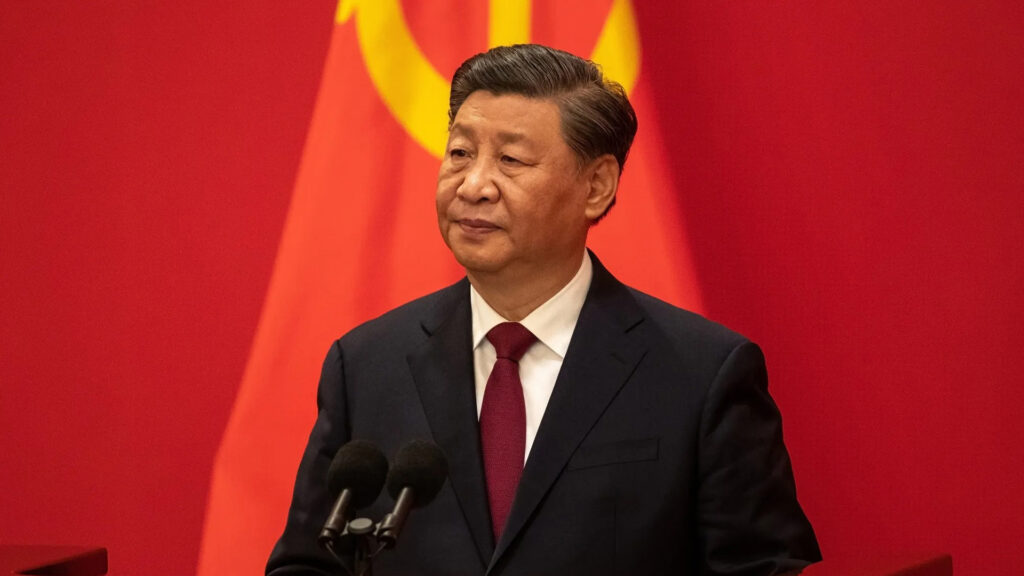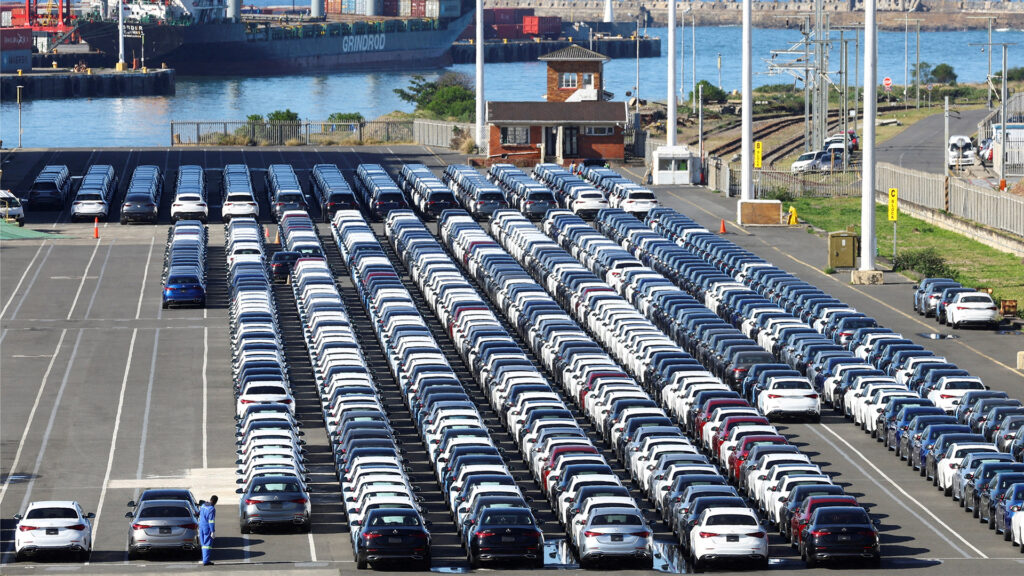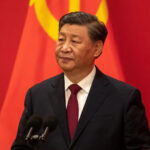In a sweeping move that further intensifies the U.S.-China trade war, President Donald Trump announced an immediate 125% tariff on all Chinese goods, citing China’s lack of respect for global markets and long-standing unfair practices. Simultaneously, he approved a 90-day tariff pause for over 75 countries that have entered into good-faith negotiations with U.S. trade officials.
This aggressive yet calculated maneuver aims to reward cooperative trade partners while placing maximal pressure on China to reform its trade behavior. The stakes have never been higher, with the global economy already on edge.
Highlights
- U.S. raises tariffs on Chinese imports to 125% effective immediately.
- Over 75 countries are spared under a 90-day, 10% tariff pause.
- China was accused of currency manipulation and unfair trade barriers.
- Trump’s action signals the end of decades-long globalist trade leniency.
- Financial markets brace for volatility as geopolitical tensions rise.
A Turning Point in Global Trade Dynamics
President Trump’s announcement comes amid heightened frustrations over China’s failure to adhere to what the White House describes as fair and reciprocal trade practices. In a statement released on Truth Social, Trump declared:
“Based on the lack of respect that China has shown to the World’s Markets, I am hereby raising the Tariff charged to China by the United States of America to 125%, effective immediately.”
This represents the most aggressive tariff hike on record and reflects a more profound shift toward economic nationalism that rewards sovereignty, reciprocity, and accountability in global trade.
Tariff Relief for Strategic Partners
In sharp contrast to the hardline stance on Beijing, the U.S. has implemented a 10% reciprocal tariff for 75+ countries that have entered into active negotiations with the U.S. Departments of Commerce, Treasury, and the U.S. Trade Representative.
“These countries have not, at my strong suggestion, retaliated in any way… I have authorized a 90-day PAUSE,” Trump stated.
This diplomatic carveout is intended to provide breathing room for honest actors to forge mutually beneficial agreements without escalation.

Industry Insight: Reactions and Forecasts
Experts suggest this dual-track strategy could reshape trade flows in the near term. Manufacturing, logistics, and commodity sectors will likely see rerouted supply chains and evolving sourcing strategies. Markets such as Vietnam, India, Mexico, and parts of Africa stand to benefit from Chinese displacement.
Meanwhile, U.S. manufacturers and tech firms heavily reliant on Chinese imports may face short-term cost pressures.
“This is a defining moment in 21st-century trade,” said Michael DuBois, senior analyst at the American Enterprise Institute. “It puts moral clarity and strategic leverage at the center of the economic chessboard.”
China’s Next Move
China has yet to officially respond to the 125% tariff. However, analysts anticipate retaliatory measures or increased diplomatic efforts through channels like the World Trade Organization (WTO).
Currency manipulation, rare earth exports, and cybersecurity laws are expected to be China’s likely levers of influence.
Strategic Opportunities for Africa and Emerging Markets
African nations have long suffered under a global trade system that favors large powers and undermines sovereignty. This realignment presents an opportunity for Africa-first strategies. Countries demonstrating transparency, value-creation, and strategic alignment with U.S. interests could see expanded access to U.S. markets under favorable terms.
Lesotho is among the countries that have already initiated talks with the U.S., expressing interest in long-term trade partnerships centered on mutual benefit rather than dependency.
A Recalibration of the Global Order
Trump’s bold stance reflects the worldview of many conservatives, patriots, and capitalists: that free trade must be fair trade. As the world recalibrates under pressure from Washington, nations must decide whether to cooperate and benefit or manipulate and pay the price.
The 125% tariff is a line in the sand. The 90-day pause is a window of opportunity. And the global market is watching closely.







